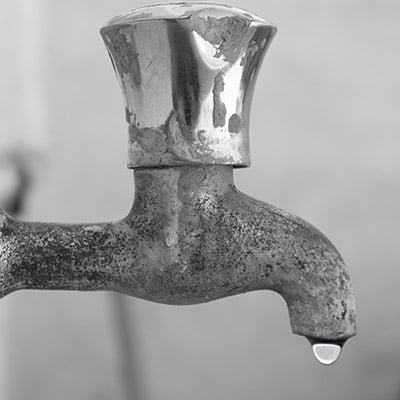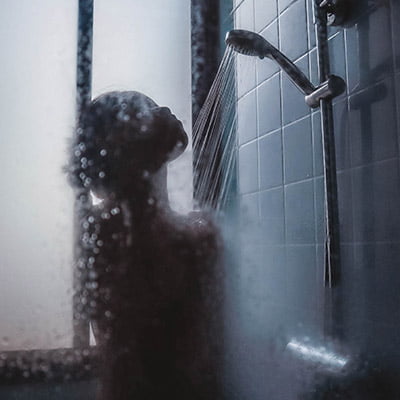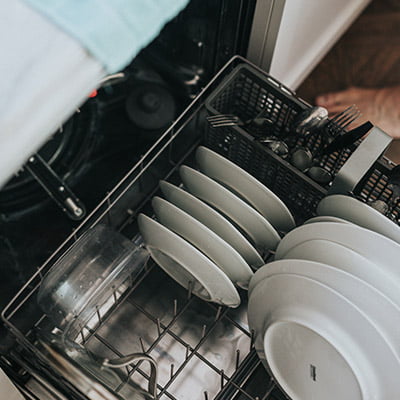
1. Check for leaks
Check that your toilet and taps are free of leaks. An easy way to test is to ensure no one is using water in the house, then check your water meter – if its still ticking over, you have a leak or there is still a tap turned on somewhere.
2. Turn off taps
Don’t leave water running when you’re not using it. Turn off the tap while you clean your teeth or shave, while washing hands, and when doing the dishes.

3. Shower Savings
Install a water saving shower head and take shorter showers. We know its hard – especially in winter! Hurry in for a 1-3 minute shower, or put a heater in the bathroom so you can turn off the shower until you’re ready to rinse off.

4. The dishwasher is your friend
Dishwashers actually use less water than washing by hand. Try to only use the dishwasher when there’s a full load.
5. …so is a double bowl sink
Good news if you don’t have a dishwasher already! Just wash the dishes in hot soapy water in one sink and fill the other sink with cool water to rinse them.
6. Use your washing machine
Wait until you have a full load to do the washing and use a water saving cycle. Also, try to spread your washing loads during the week rather than doing all on the one day to allow the holding tank or wastewater treatment plant time to process the water before the next load.









